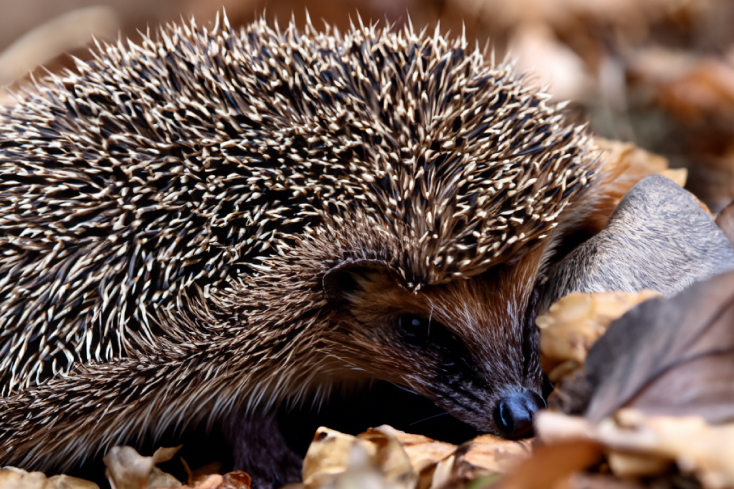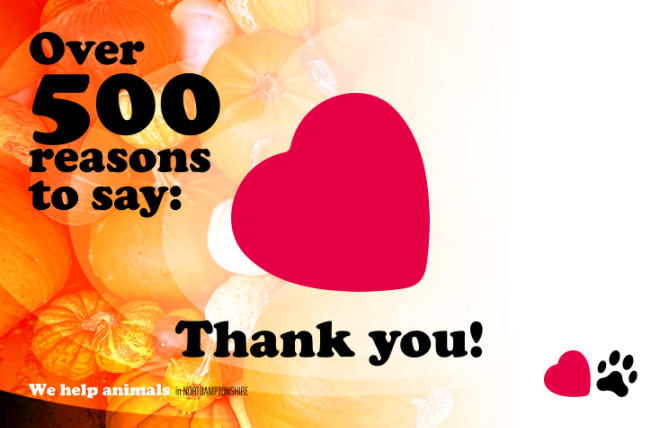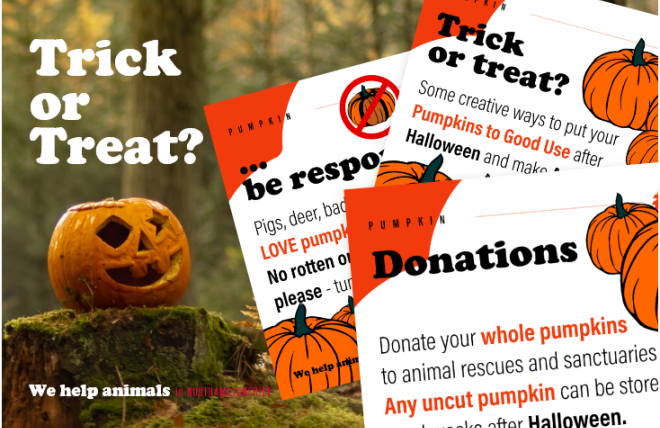
Hibernation
Hedgehogs are one of the few mammals that are true hibernators. This means that they reduce their body temperature and metabolism to save energy during the cold winter months, when their natural food sources are scarce. However, hibernation is not a continuous sleep, and hedgehogs may wake up from time to time to look for food or change their nest site.
When?
Hedgehogs usually hibernate between November or December and mid-March, depending on the weather and their body condition. They need to have enough fat reserves to survive the winter, so they eat as much as they can during the autumn. Their natural diet consists mainly of insects and other invertebrates, such as beetles, caterpillars, earthworms, slugs and snails. They may also eat carrion, fallen fruit and bird eggs if they find them.
Extra Food
Hedgehogs can benefit from supplementary food and water provided by humans, especially in urban areas where natural habitats are fragmented and invertebrate populations are reduced by pesticides and pollution. The best foods to offer are meat-based cat or dog food (must be high in meat content), specially-made hedgehog food or cat biscuits. Bread and milk should be avoided, as they can cause digestive problems. Please never offer cow’s milk to hedgehogs. A shallow dish of fresh water is also important, especially during dry spells. It must be carefully chosen, so hedgehogs cannot fall into it and drown.
Winter Nests
Hedgehogs build their winter nests, called hibernacula, from leaves, grass, twigs and other vegetation. They may choose sites under hedges, roots, piles of brushwood, compost heaps, old rabbit burrows or sheds. The nest is a compact dome with thick walls that provides insulation and protection from predators. Many hedgehogs will also nest in man-made sheds, so if you sometimes see them in your garden, it might be a good idea to make a shelter available now.
Hedgehogs may move their nest at least once during the winter, either to find a better location or to escape parasites.

Environment
Hedgehogs are nocturnal animals, so it is unusual to see them out during the day or in winter.
If you do see a hedgehog that looks unwell, injured, very small or lying still in the open, it may need your help. Always stop and check a hedgehog if you see one during the day.
You should contact a local hedgehog rescue centre (see our list of local rescues) or the British Hedgehog Preservation Society for advice.
You can also prepare a cardboard box with high sides, lined with a towel, flannel or newspaper, and place the hedgehog inside with a hot water bottle wrapped in another towel. You can offer some food and water, but do not try to feed the hedgehog directly. Keep the box in a quiet, warm place until you can get professional help.
Declining Population
Hedgehogs are endangered species in the UK, and their population has declined dramatically in recent years. They face many threats, such as habitat loss, road traffic, predators, diseases and pesticides. You can help hedgehogs by making your garden more wildlife-friendly, creating hedgehog holes in fences and barriers (“hedgehog motorways“), providing food and water, checking bonfires before lighting them and avoiding slug pellets and other chemicals. By doing so, you can help these prickly creatures survive the winter and thrive in the spring.
Send Us Your Pictures
Please send over your hedgehog pictures to our email address and we will post them on our pages.
For more information see:
https://www.britishhedgehogs.org.uk/hibernation-2/
and
https://www.hedgehogstreet.org/hedgehog-hibernation-all-the-facts/







